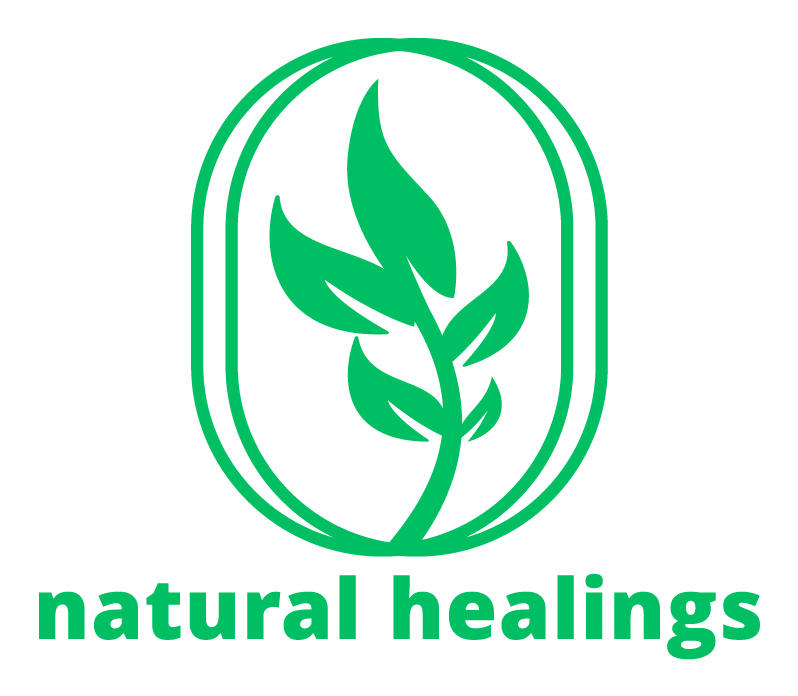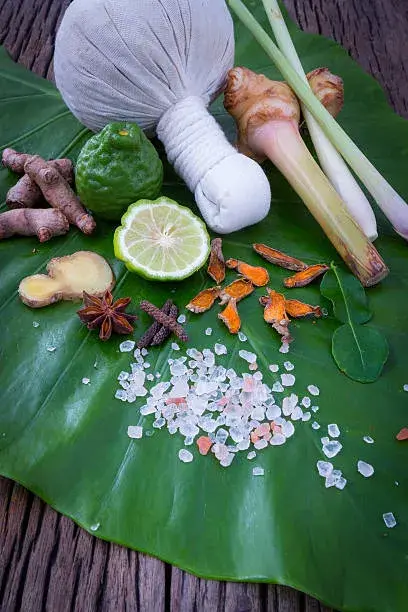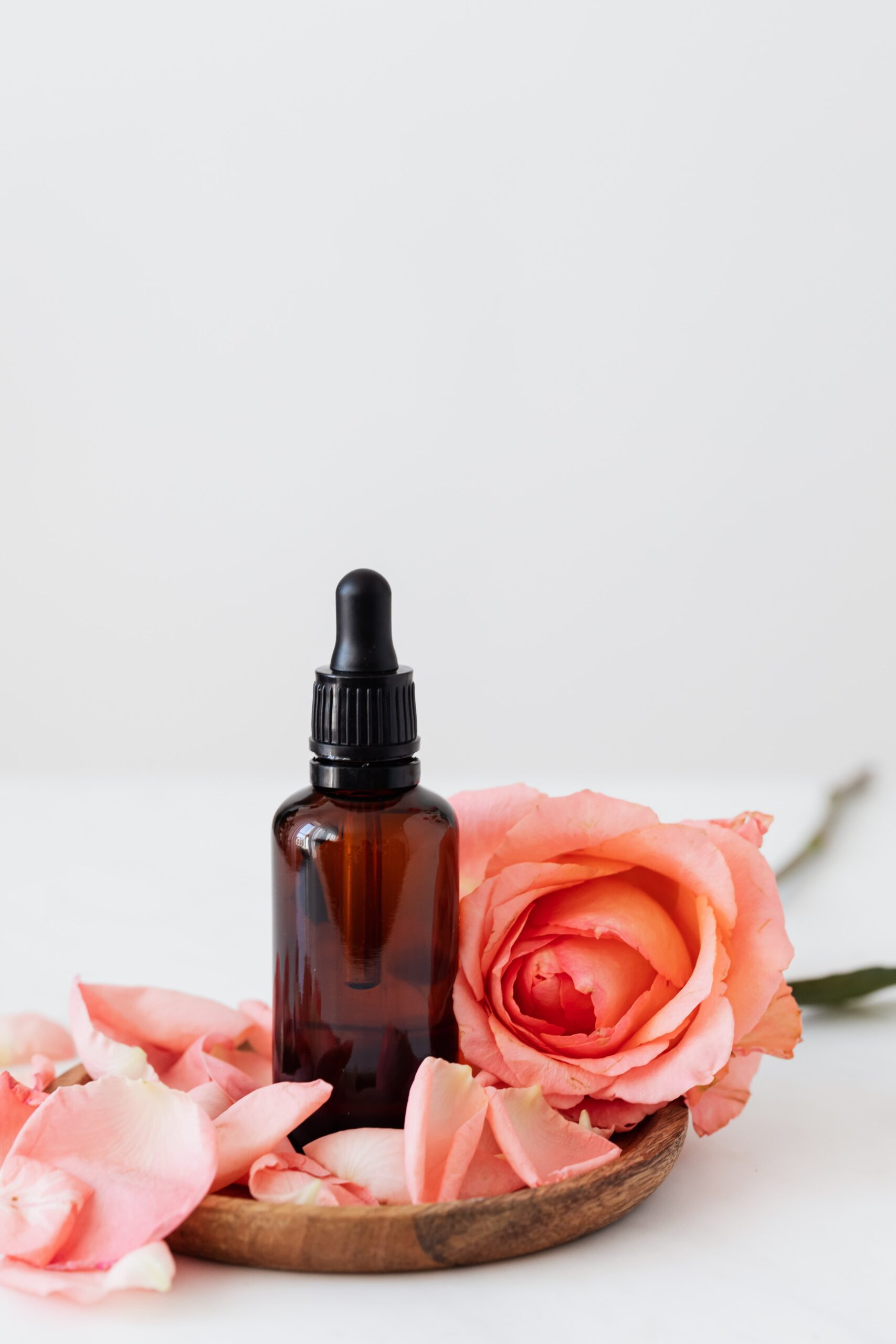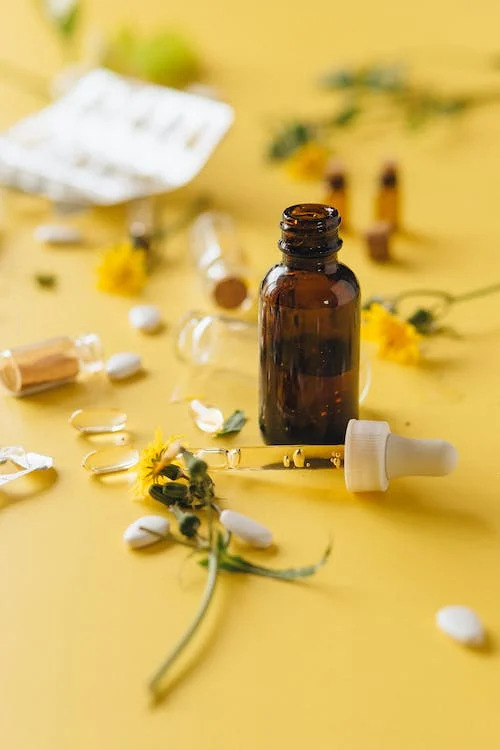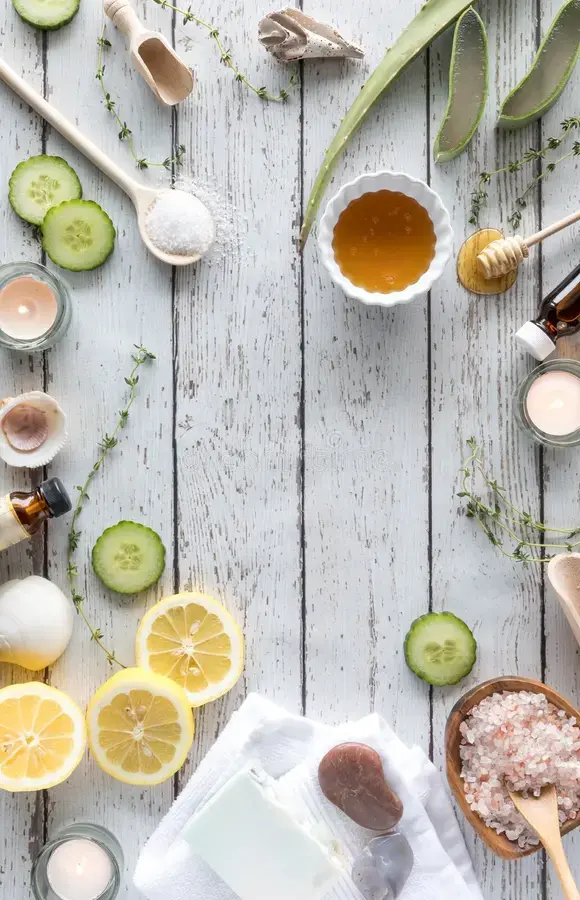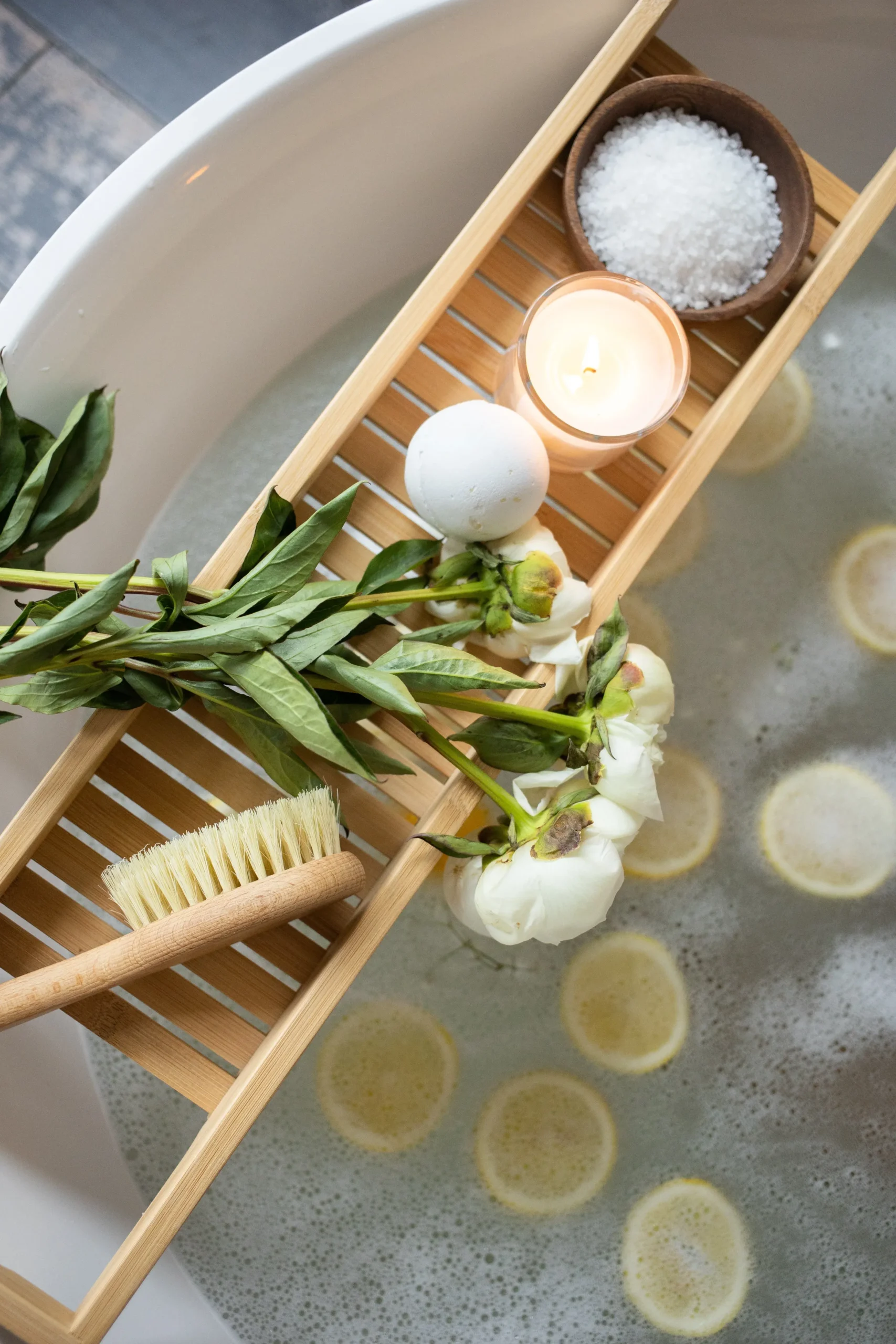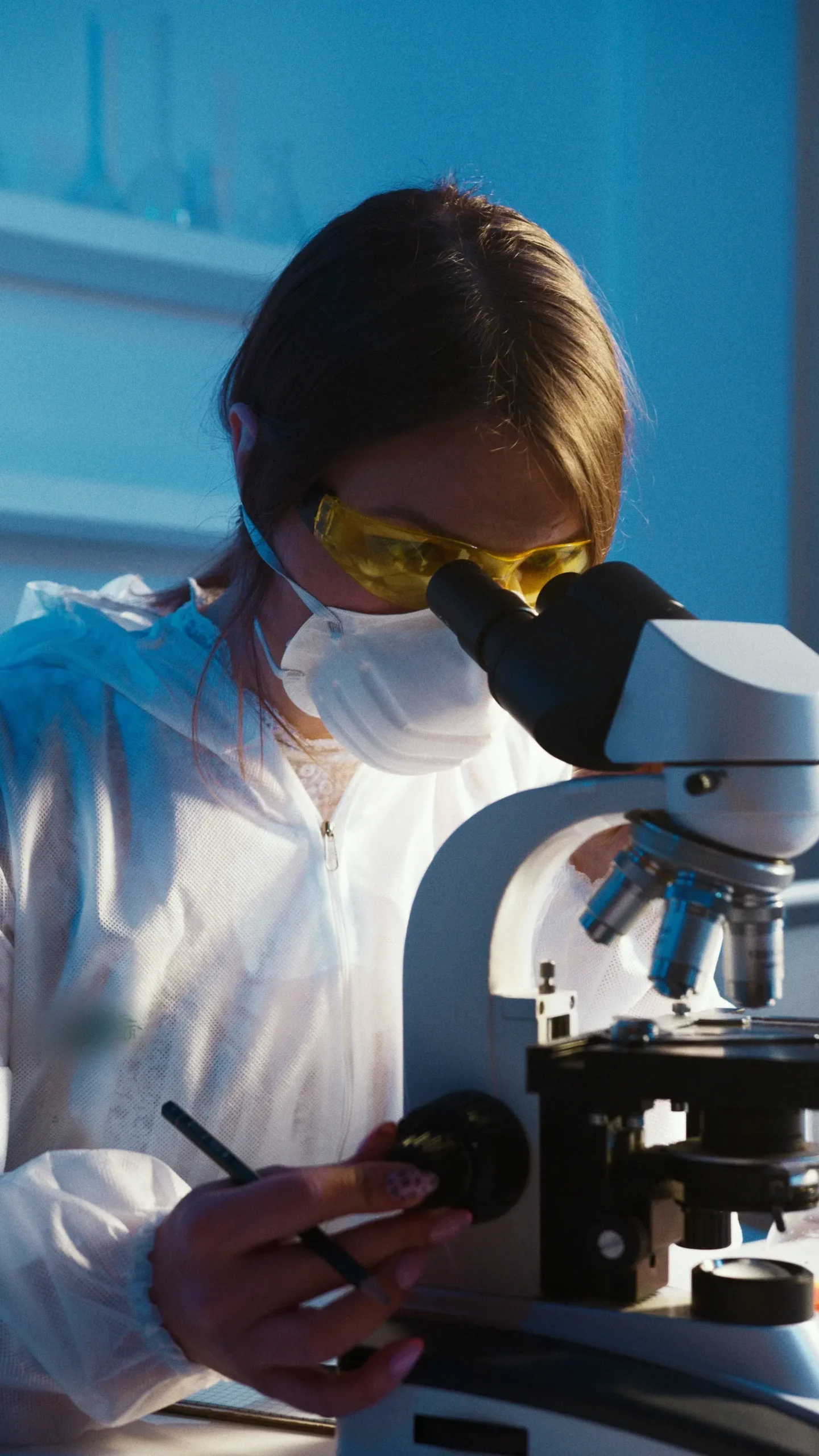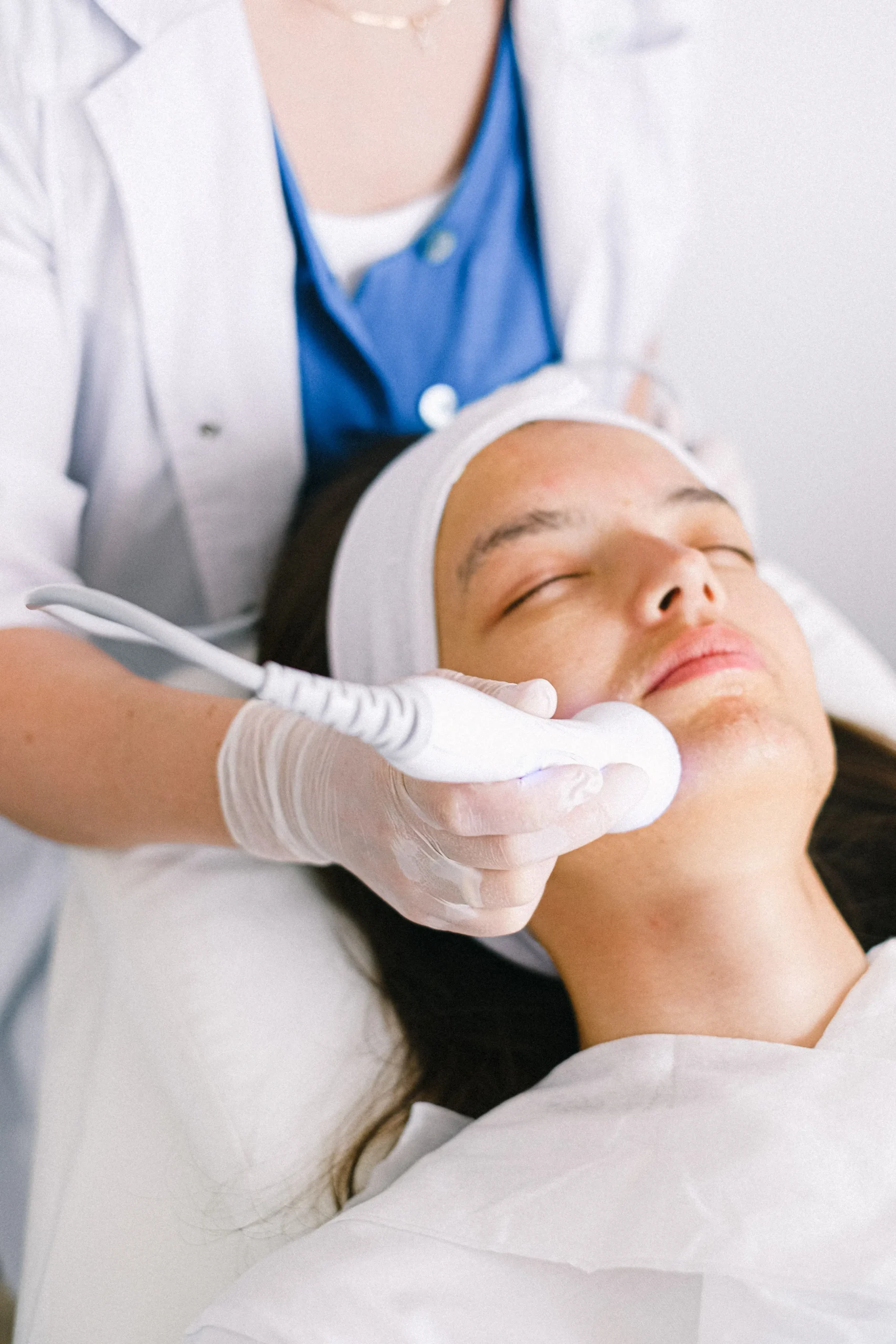Olive oil
Although the olive tree originated in Asia, it has been cultivated for over 3 000 years in Mediterranean countries, where much of the olive crop is used to make olive oil. In this pProcess, olives are pitted and ground to a thick pulp. The pulp is then pressed to remove the juices, which are placed in a centrifuge to separate the water from the oil. Nutritionally, olive oil contains 120 calories and 14 grams of fat per tablespoon;however, the fat is mostly monounsaturated, which has a beneficial effect on blood cholesterol levels and is easily digested. In countries where olive oil plays an important role in diets, such as Greece, Italy and Spain, there is a low incidence of cardiovascular diseases. The mild vegetable mucilage in olive oil also protects the body’s digestive tract. Ancient civilizations used olive oil. well—to help heal wounds Today olive oil is prized as 2 moisturizer and skin remedy,
EXTRA-VIRGIN OILS
Olive oil can be purchased in a number of different varieties. Extra-virgin, the cold-pressed result of the first pressing of olives, is valued for its intense flavor and low acidity. This oil can range in color from a clear pale yellow to golden-green to bright green; generally, the deeper colors have the most intense flavor.
Olive oil
Therapeutic Effect: Taken internally, olive oil stimulates metabolism, promotes digestion and lubricates mucous membranes. It can also be applied externally to treat dry skin.
🙤 Components
Olive oil contains 77 percent monounsaturated fatty acids, 14 percent saturated fatty acids and & 9 percent polyunsaturated fatty acids, plus “; vegetable mucilage and vitamin E.
🙤 Help for the digestive tract
Take 1 thsp. of olive oil on an empty stomach J to stimulate digestion and relieve upset f stomach, flatulence and heartburn.
🙤 Olive oil for constipation
In the morning, take 1 tsp. of olive oil mixed with lemon juice on an empty stomach. Or try an enema made from 5 oz. of olive oil in 20 oz. of boiling water, cooled to lukewarm.
🙤 The antioxidant benefit
The vitamin E in olive oil is an antioxidant. In addition, monounsaturated fatty acids are less easily damaged by oxygen than other types of fat. They are therefore less likely to produce free radicals, which damage cell membranes and contribute to several diseases.
Extra Tip
To help build strong fingernails and soften cuticles, soak your nails each night in a mixture of 3 parts lukewarm olive oil to 1 part freshly-squeezed lemon juice. Put on cloth gloves and let the oil penetrate overnight. Your nails will gradually become more resistant to breaking and chipping.
Used for cardiovascular diseases, high blood cholesterol, earaches, constipation, stomach upset, dry skin and stretch marks
✽ Applications ✽
♦ To lower blood cholesterol levels
The monounsaturated fatty acids in olive oil help lower LDL (“bad”) cholesterol levels without affecting HDL (“good”) cholesterol or triglyceride levels. To lower ~your cholesterol, at least 15 percent of – your daily calories should come from monounsaturated fatty acids. Whenever . possible, use olive oil in place of butter 5 or other vegetable oils in cooking, in . preparing dressings for salads or é vegetables and in making sandwiches.
♦ To treat ear complaints
To clear stopped-up ears, put a few drops ” Lie for 5min.on the opposite side, then : turn over, so that the olive oil can flow out again. (Caution: Do not put any liquid E in your ear if you think you may have a | perforated eardrum!) For minor earaches, drops of lavender oil. Place it loosely in your outer ear until the pain abates.
♦ To prevent hair loss
Massage your scalp with olive oil every . evening for eight days. Let the treatment E work overnight; wash out in the morning.
♦ To moisturize skin
Apply daily to dry spots or stretch marks.
Extra Tip
To help build strong fingernails and soften cuticles, soak your nails each night in a mixture of 3 parts lukewarm olive oil to 1 part freshly-squeezed lemon juice. Put on cloth gloves and let the oil penetrate overnight. Your nails will gradually become more resistant to breaking and chipping.
